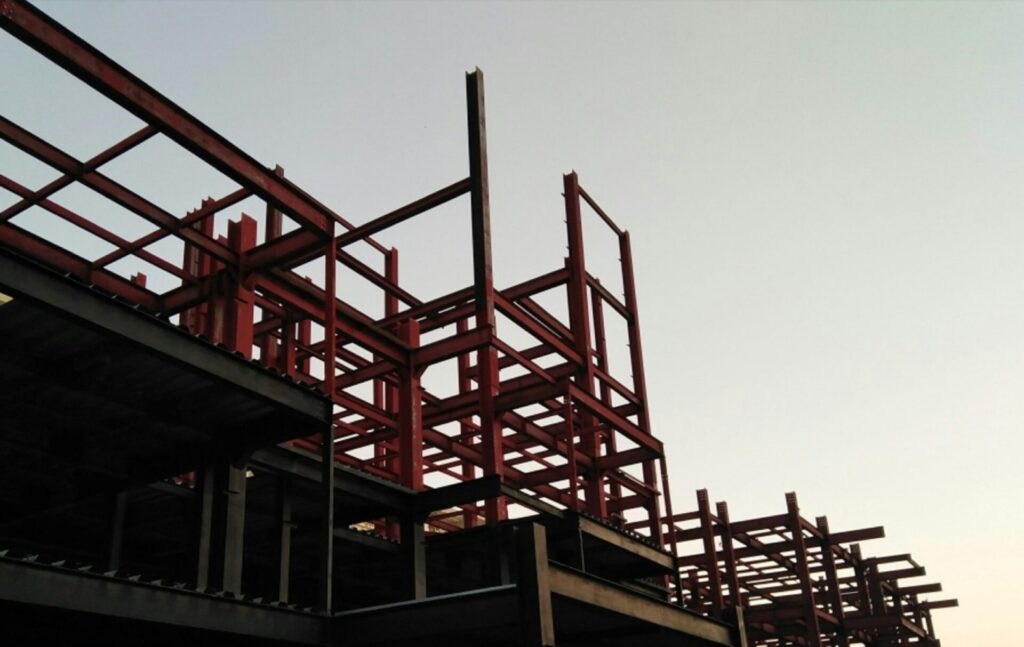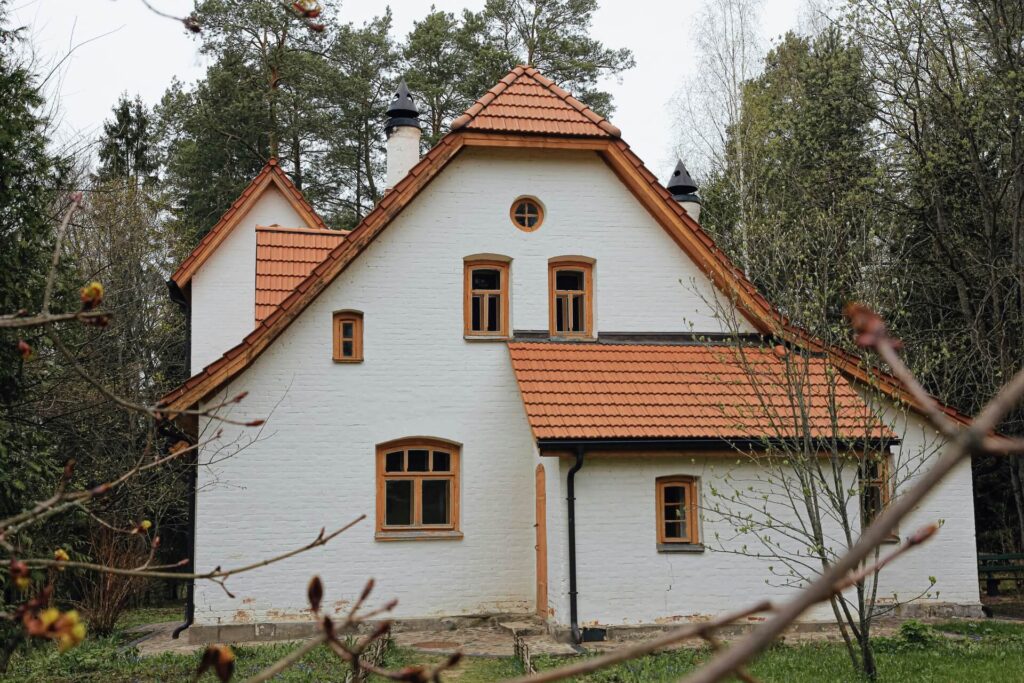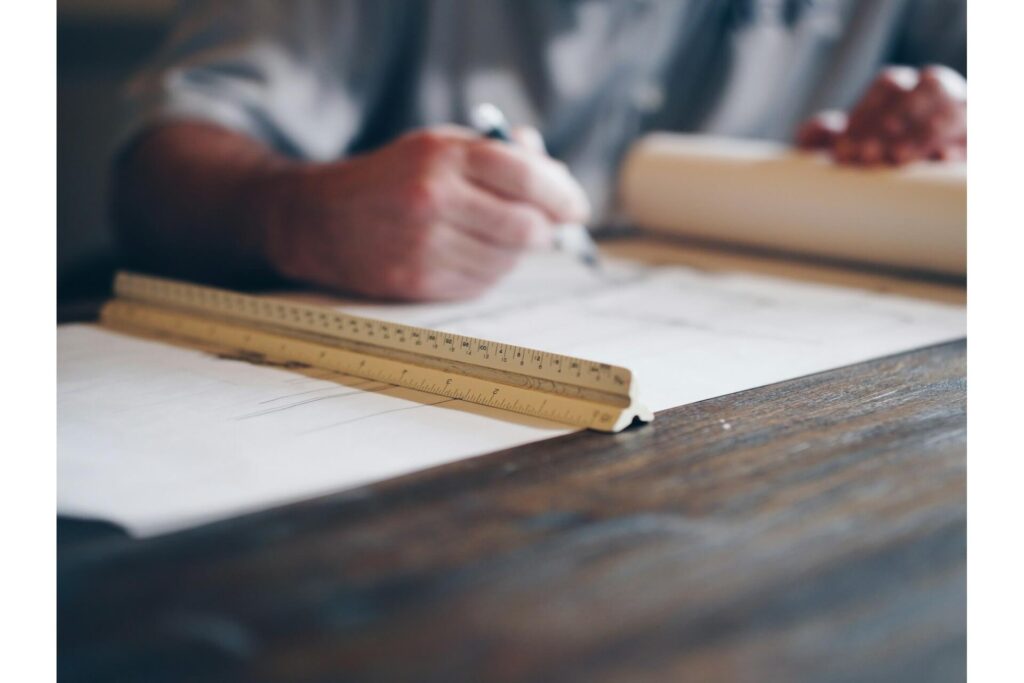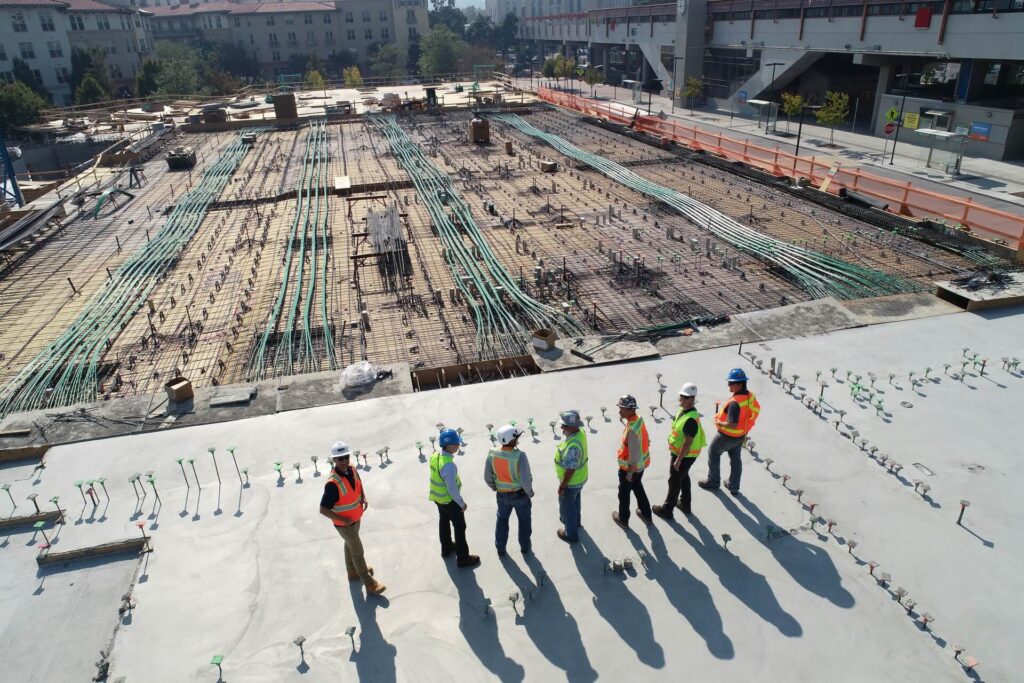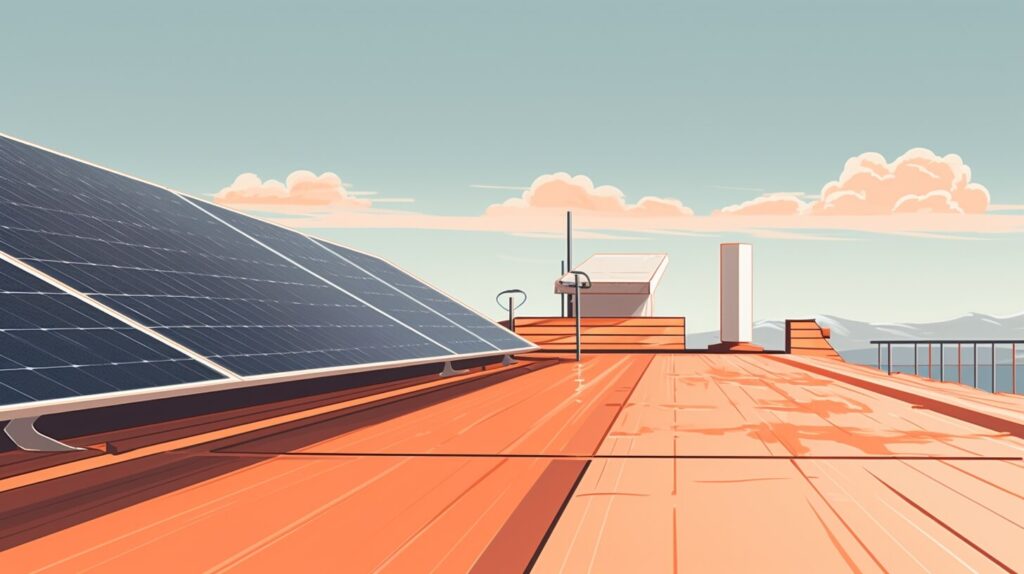Building Resilience and Durable Designs: The Importance of Durability in Sustainable Design
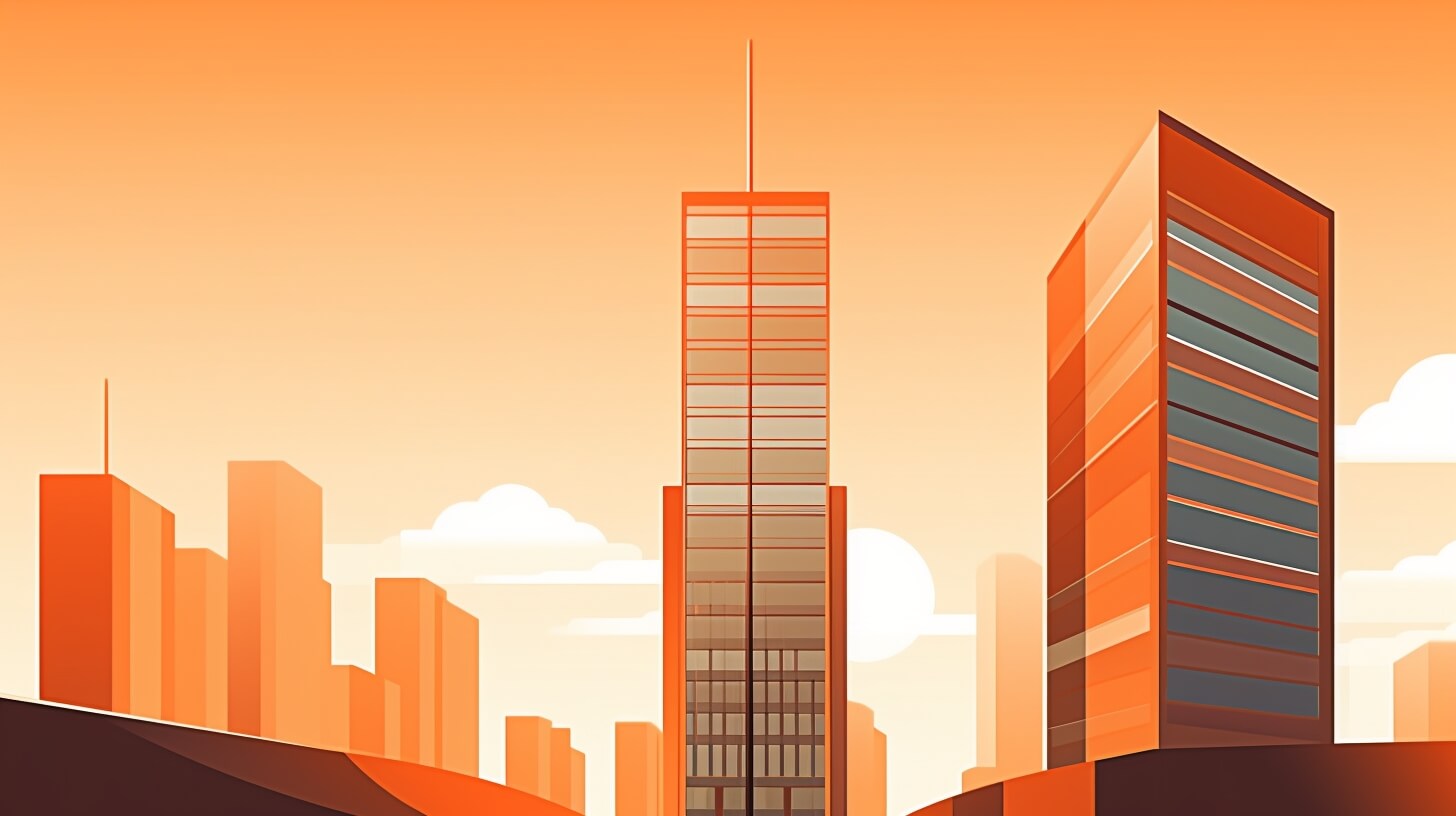
We are reader-supported. When you buy through links on our site, we may earn an affiliate commission.
The importance of durability in designs is paramount. Durable, resilient construction supports eco-friendly design principles by reducing the need for frequent repairs and minimizing construction waste.
The environmental impact decreases when buildings last longer and require less energy to heat or cool. The strategies for incorporating durability in sustainable design include using sustainable building materials and employing long-lasting construction practices. Discover why durable building designs are fundamental sustainable construction principles and how to use them in your next project.
Durable Design — Resilient Buildings
Resilience in architecture is about way more than just structural strength. It encompasses the capacity to absorb, recover and adapt to environmental stresses. When resilient design meets durable construction, the result is a building that survives and thrives over time. This synergy is vital in an era marked by climate change and unpredictable weather events that cause buildings to expand, shear and crack more easily than before. Selecting materials suited to the climate zone is essential for durability.
Durable buildings embrace resilience as part of their footprint, reducing carbon emissions while offering unique alternatives and solutions to common challenges. As example, heating, cooling and strength factor in when creating strategic rooftop gardens or cool roofs that let tennants to grow food while reducing a building’s power needs. By embracing an innovative mindset, you overcome the challenges in achieving durability within sustainable construction practices with effective strategies and resilient designs.
Strategies for Achieving Durable Designs
Effective, durable design begins at the planning stage. How durability contributes to sustainable design and resilience requires developers and contractors to analyze local environmental conditions and select well-performing materials for these challenges.
Engineers now employ computer modeling and AI-driven simulation tools to improve structural performance against extreme weather scenarios before erecting the building. This proactive approach ensures that buildings endure through time while providing safe, comfortable environments.
Moreover, integrating renewable energy sources such as solar panels and advanced HVAC systems reinforces a building’s resilience. When designers focus on the benefits of durable materials, they often see reduced long-term costs and fewer disruptions caused by maintenance or retrofits.
Every decision is informed by a careful balance of cost, performance and environmental impact, ensuring that each project is a testament to sustainable, resilient design. By following strategies for incorporating durability in sustainable design you can create a quality, eco-friendly building.
If you are wondering how to choose durable materials for sustainable design projects, the answer is to find out what materials have the least wastage, last longest, have least repair needs and positively impact the environment.
Benefits of Durable Materials
The many benefits of durable materials combine to reduce operational costs. With long-lasting, sustainable choices, contractors create legacy buildings. By using materials that absorb carbon dioxide, like cork and bio-cement, this infrastructure remains useful for decades, if not more. Recycled and reclaimed materials such as wood and steel panels and beams help preserve natural resources.
Resilient materials are essential to regenerative architecture, and they can:
- Provide a longer, eco-sustainable life span: Buildings made of durable materials have a projected life span exceeding that of traditional materials. Over time, the cumulative effect of resilient, sustainable construction practices significantly lowers the built environment’s carbon footprint.
- Reduce environmental and financial cost: Best quality materials need fewer replacements, saving on investments.
- Create stronger and more resilient structures: Durable materials provide sound foundations that allow buildings to withstand environmental forces like wind, storms and flooding.
- Cut back maintenance: Because there’s less risk of degradation, repairs are infrequent and there is little need to “update” the infrastructure as quickly as modern buildings.
- Decrease wastage: These durable designs benefit homeowners and property managers by not constantly upgrading buildings built with inferior materials. Their asset value increases while protecting communities from excess waste or energy consumption.
- Provide a competitive edge: Commercial projects that employ these strategies thrive in an increasingly eco-conscious market. Buyers and tenants are drawn to properties that promise lower utility bills, fewer disruptions and a reduced impact on natural resources.
Integrating Durable Designs in Various Projects
Whether renovating an older building, planning a new commercial project or updating a residential property, incorporating durable designs can transform your approach to construction. All stakeholders stand to benefit from durability:
- Homeowners: They may find that following home improvement tips centered on durability leads to lower maintenance costs and enhanced safety.
- Sellers: Using home selling strategies emphasizing resilience, sellers can make properties more attractive in competitive markets.
- Builders, contractors and renovators: Construction players increasingly recognize that sustainable construction is not a trend but a necessity. By aligning with practices that promote resilience and longevity, professionals contribute to a legacy of environmental stewardship and economic stability.
Real-Life Examples of Resiliently Durable Design
Numerous commercial buildings exemplify how resilient and durable designs work in practice with eco-friendly design principles. The impact of durability on the life cycle of sustainable buildings is clearly evident in these two examples of durable design in sustainable architecture:
1. The Suzlon One Earth Campus
Consider the Suzlon One Earth office building in India, which was built using only sustainable building materials, specifically non-toxic and recycled materials. The durable design includes water recycling facilities and on-site electrical generation, making the building fully sustainable without any reliance on outside resources.
The wind turbines and solar panels provide the electrical requirements, and if the building needs more, it receives green energy from an off-site wind farm. The Suzlon building has a LEED Platinum rating, and it’s a symbol of sustainability crafted by the world giant in wind farm technology.
The Suzlon building’s long-lasting construction practices ensure it thrives even years after its opening in 2009. Because of its structure lives in harmony with the environment, it reduces energy requirements and uses water recycling mechanisms, following eco-friendly design principles to produce a building that doesn’t require as much maintenance as traditional office buildings.
2. One Bryant Park
In New York City, the Bank of America Tower — officially known as One Bryant Park — stands as another model of durable design. As the first American high-rise building to achieve LEED certification, it features energy-efficient systems that reduce heating and lighting costs.
The tower produces ice from recycled water at night, which melts daily to cool the building without using power and flush toilets. On-site electrical generation produces about 65% of the building’s daily energy requirements. The energy-efficient design saves costs and benefits the environment.
FAQ
What Is the Role of Durable Materials in Eco-Friendly Construction?
It provides strength and resilience, ensuring that buildings last and the materials provide maximum functionality without negatively affecting the environment.
Explain Why Durability Is Critical in Sustainable Building Projects?
Without durability, buildings will quickly require repair, contributing to pollution and material wastage, filling landfills with rubble.
How Can You Improve Building Resilience Through Durable and Sustainable Design Practices?
Using durable materials allows buildings to grow with their occupants, changing as needed without requiring complete resurfacing, extending the lifespan of the construction.
A More Durable Future
The focus on durability and resilience is reshaping the landscape of sustainable construction. Embracing materials and methods that ensure long-term performance protects investments and supports broader environmental goals.
As real-life examples like the Suzlon One Earth building and the Bank of America Tower show, integrating durable designs into modern architecture creates functional and future-ready buildings. Adopting these practices offers a pathway to a sustainable future in which construction practices reduce waste, conserve energy and remain resilient in the face of change.


